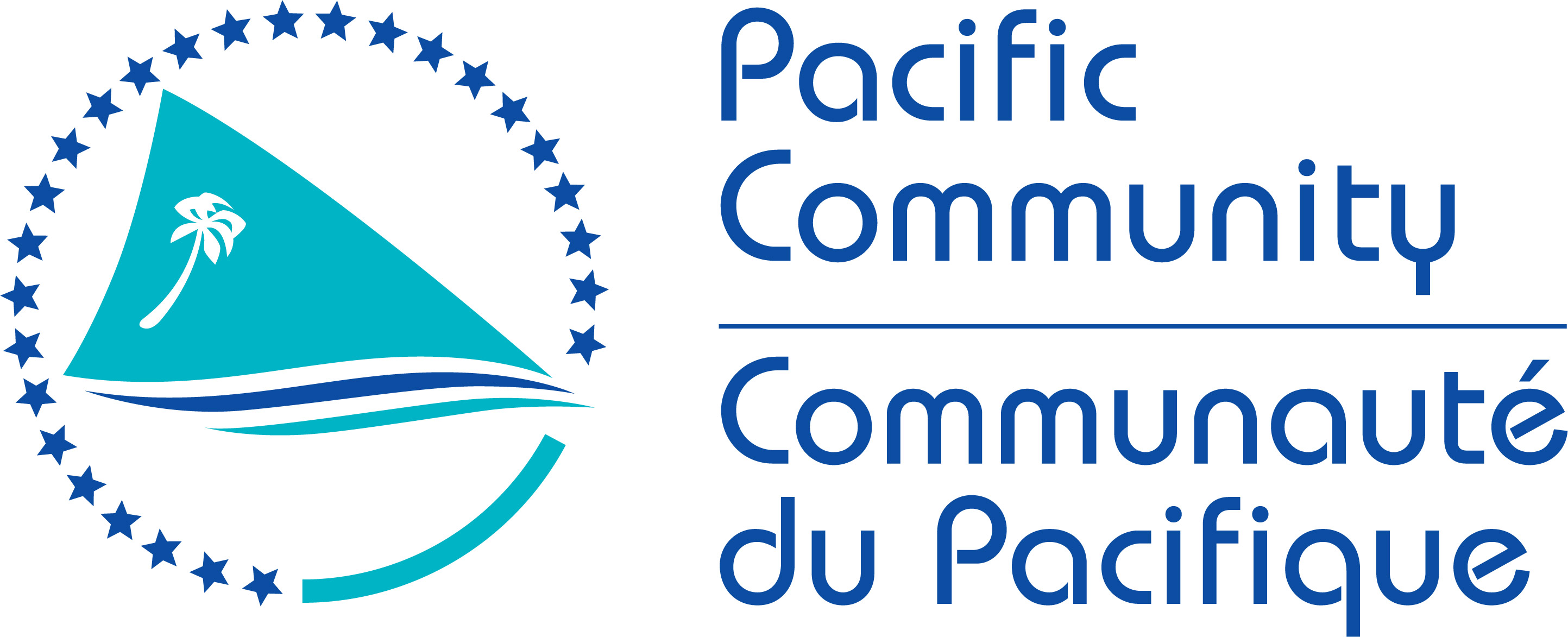Strategic Objective 1: Political Leadership
To turn the tide on NCD in the Pacific, it is critical to make NCD a political issue and to ensure that political leaders make NCD a priority. Political leaders possess the leadership to display a sense of urgency about NCD; have the convening power to bring together public and private sector stakeholders; and have the authority to make policy decisions and strengthen policies and legislation in all relevant sectors. Therefore this strategic area and actions aim to provide technical support to member countries to positively influence policy dialogue, build awareness of the role of political leaders, and strengthen leadership and ownership of the leaders in responding to the NCD crisis.
Strategic Objective 2: Policy and Legislation
It has been proven that robust public health policy and legislation in all relevant sectors is key to the delivery of recommended NCD strategies and best buys interventions. Business as usual is no longer sufficient in turning the tide on the Pacific NCD crisis. Most recommended actions identified in the Pacific NCD Roadmap and NCD best buys highlighted the need to strengthen public policies and legislation, which aim to prevent and control NCD in all relevant sectors. Therefore this strategic area and actions aim to provide technical support to member countries to strengthen healthy public policy and legislation related to NCD and associated risk factors including physical inactivity, less healthy diet, tobacco use and alcohol abuse, to effectively address NCD.
Strategic Objective 3: Multi-sectoral Engagement
Multiple factors inside – and beyond – the health sector are driving the rise in NCD. All government ministries have a role to play in addressing the multi-sectoral aspects of the NCD crisis. It is estimated that two thirds of the effects in responding to NCD will come from reducing exposure to risk factors through multi-sectoral initiatives. Several ministries and civil societies will need to be involved in these activities. Pacific Health and Economic Ministers have therefore formally committed themselves to adopting a multi-sectoral approach to responding to NCD. Therefore this strategic area and actions aim to support member countries to enhance NCD prevention and control by strengthening the commitment of multiple sectors.
Strategic Objective 4: Build Capacity for Action
It is critical to continue in building in-country capacity to effectively deliver NCD intervention in the Pacific region. Capacity building options include formal training, short-term courses, attachment or targeted workshops to build specific need in countries. Strengthening South-South collaboration and providing health education and promotion resources relevant to the Pacific context and to different target groups is also important. Therefore, this strategic area and actions aim to support member countries to enhance NCD prevention and control action by providing resources and technical support particularly to improve awareness, innovative intervention and actions that address NCD.
Strategic Objective 5: Accountability Mechanism
Monitoring, evaluation, surveillance and operational research data are critical for understanding and tracking the NCD burden, informing action and measuring progress of programmes and policies on NCD. Endorsed by the Pacific Ministers for Health in 2017, Pacific Monitoring Alliance for NCD Action (MANA) was established and brings together PICTs and technical partners concerned with the collection, analysis, translation and dissemination of monitoring data related to NCD particularly the development of policies and legislation preventing NCD. This is an important component of NCD monitoring work moving forward, and this strategic area and actions aim to support member countries to strengthen and established accountability mechanisms to enable PICTs to assess progress on key NCD indicators.
